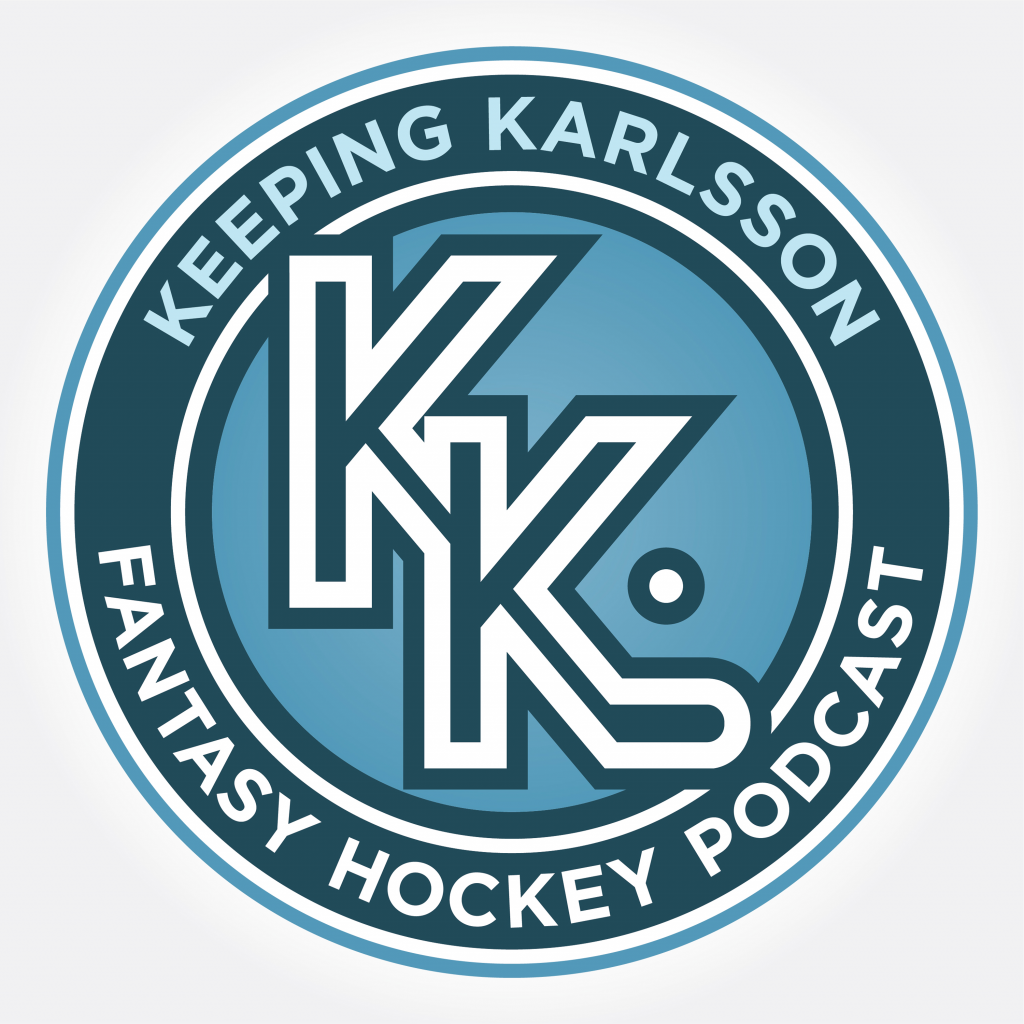The NHL offseason always brings a wave of player movement. Some names land with contenders, others with rebuilding squads, and every new jersey comes with new context. For fantasy managers, the key is identifying which changes actually matter. Ice time shifts, new linemates, and special teams usage can tilt the scales more than raw talent alone.
This week, I'm breaking down four players who've found new homes and could see their fantasy value move accordingly. Using per-60 production, league average benchmarks, and percentile comparisons, we'll take a closer look at who's trending up, who might stall out, and who's worth keeping on your radar as draft season approaches.
For reference, the average Fantasy Points Per Game (FPPG) in 2024–25 sat at 6.43 for forwards and 6.20 for defensemen. Keep that in mind as we dive in, any player consistently exceeding that threshold in a new role could be in line for a breakout or bounce-back year.

Chris Kreider – Anaheim Ducks (LW)- Projected Top/Middle Six Forward & PP1
24/25 Stats:


Kreider’s move to Anaheim comes on the heels of what was, statistically, the second-worst season of his career. His ice time dropped by nearly two minutes per game, and his overall scoring slowed down to1.58 Points/60, slightly below the league average for forwards. That said, the core of his game didn't vanish. He still hit the 20-goal mark, and 10 of those came via special teams (6 PP, 4 SH), which suggests he’s still valuable in key offensive roles.
What's more interesting is how Kreider impacted his linemates. When he shared the ice with Mika Zibanejad and Reilly Smith, their Corsi-For rates improved. When he was off the ice, those rates dipped. He might not drive play on his own, but he complements playmakers well and still thrives in the dirty areas. Anaheim's young roster could use a player like that. With a good chance at first-unit power play time and a lighter expectation to carry a line, Kreider could quietly return mid-round value, especially in leagues that reward special teams scoring.
Vladimir Tarasenko – Minnesota Wild (RW) – Projected Middle Six Forward & PP2
24/25 Stats:


After a forgettable year in Detroit, Tarasenko heads to Minnesota looking to reboot his offensive game. He managed to stay healthy for 80 games but posted just 33 points , his lowest full-season total and a far cry from his previous scoring pace. Most of his ice time came in a third-line role alongside J.T. Compher and Jonathan Berggren, and while the line saw neutral shot metrics (CF%), Tarasenko was clearly not making the impact expected of him. One stat that jumps out: 61 giveaways, a major red flag for a player known for his vision and puck control. When that many plays are dying on your stick, it's not just bad luck, it's lost edge.
Still, there's hope in Minnesota's system. With a deeper defensive structure and less pressure to carry play, Tarasenko might find more room to create. His rush attempts (95th percentile) and shot volume (63rd percentile) were still respectable, suggesting there's fuel left if the fit is right. He projects as a middle-six winger with PP2 upside, and while his fantasy ceiling isn't what it used to be, he could be a decent bench option in deeper leagues, especially if he clicks early with Minnesota's offensive needs. He will play alongside other skilled players who have a gritty edge, Matt Boldy or Joel Eriksson Ek would pair greatly with the highly skilled playmaker
Trevor Zegras – Philadelphia Flyers (C/LW)- Projected Top Six Forward & PP2
24/25 Stats:


Zegras leaves Anaheim after another injury-shortened campaign, logging just 57 games but finishing with 32 points, an even 0.56 points per game. His usage remained mostly in a second-line role, and while his raw production was modest, his underlying impact was stronger. He improved the Corsi For rates of linemates like Alex Killorn, Mason McTavish, and Leo Carlsson, suggesting he still drives possession and contributes meaningfully to play development. When he was off the ice, those players struggled more to generate offense.
Now in Philadelphia, Zegras projects to slot into another second-line role, likely with time on the second power-play unit. He may also return to playing center, a position where he's shown more offensive creativity earlier in his career. The challenge will be earning trust with his play away from the puck. Zegras isn't known for defensive consistency or physical engagement, and his fantasy value will depend on how much leash he gets to focus on offense. If the Flyers let him play to his strengths, he could be a sneaky bounce-back candidate. But unless you're in a deeper league or value upside, he's better treated as a mid-draft flyer, not a foundational piece.
Noah Dobson – Montreal Canadiens (D) – Projected Top Pairing Defenseman & PP2
24/25 Stats:


Despite a dip in production, Dobson was one of the few steady contributors on a struggling Islanders team last season. He finished with 10 goals and 29 assists for 39 points in 71 games, respectable for a defenseman, but below his previous annual paces. He logged over 23 minutes per night, mostly paired with Alexander Romanov, and his teammates consistently performed better with him on the ice than without. Dobson drove play in all situations, and his ability to tilt the ice was one of the few bright spots in Long Island's otherwise mediocre year.
Now in Montreal, he'll be given every chance to thrive. With power play responsibility, strong offensive zone deployment (79th percentile), and his usual top-pair minutes, Dobson has the platform to bounce back in a big way. His shot volume is elite (98th percentile in Shots/60), he contributes heavily to his team's offense (95th percentile in FPPG/60), and he remains solid defensively, leading all defensemen in Takeaways per 60. If he can tighten up the giveaways, there's legitimate top-tier fantasy value here. In most formats, Dobson should be treated as a high-upside defenseman worth targeting early among the second tier.
Final Thoughts
Whether it's a change in team, system, line mates, or just a new opportunity, offseason moves can unlock fantasy value in ways the box score doesn't always show. Players like Dobson and Zegras could thrive in more supportive environments, while veterans like Tarasenko and Kreider are walking into roles that fit their current strengths. Every name in this list carries some level of risk, but also the potential to outperform draft-day expectations if things break right.
As always, context matters. Don't just chase name value, watch how these players are deployed in preseason, check early power play usage, and use Frozen Tools to keep tabs on line combinations. Opportunity and trust are everything.
If you're looking to round out your draft board with upside and volume, the guys above should be on your radar. New teams. New roles. And maybe, new fantasy ceilings.
All data from NaturalStatTrick & HockeyReference

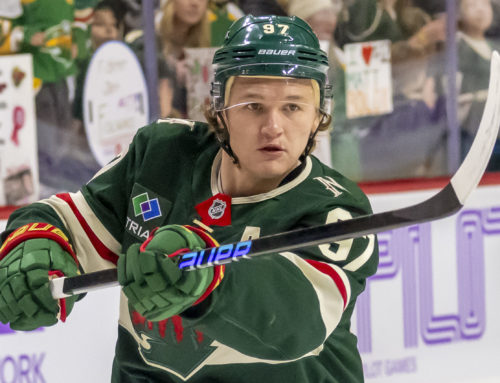
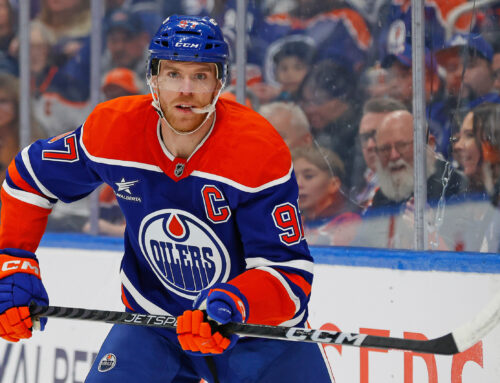
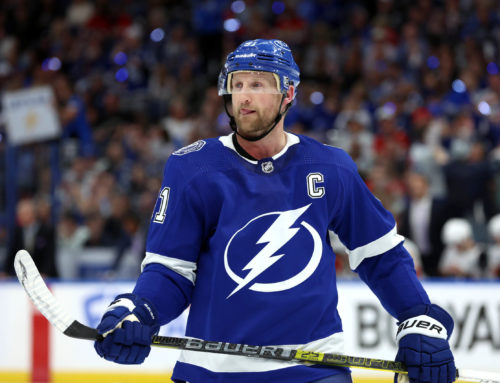
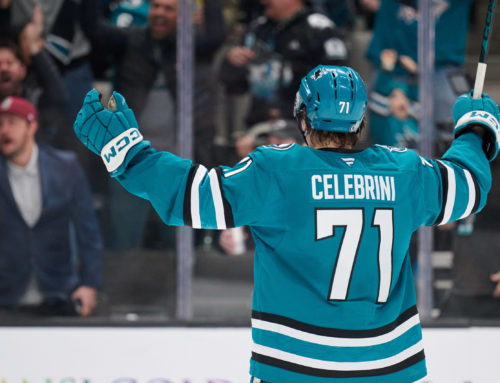
 FLA
FLA CHI
CHI NYR
NYR PIT
PIT L.A
L.A COL
COL CAR
CAR MIN
MIN VGK
VGK N.J
N.J CBJ
CBJ BOS
BOS
 TOR
TOR